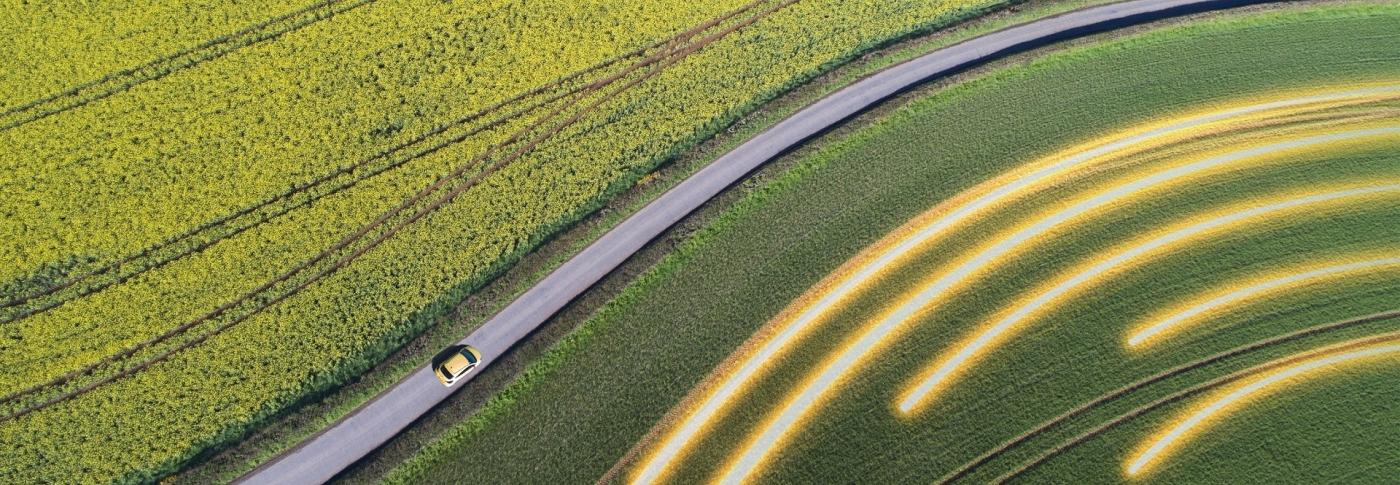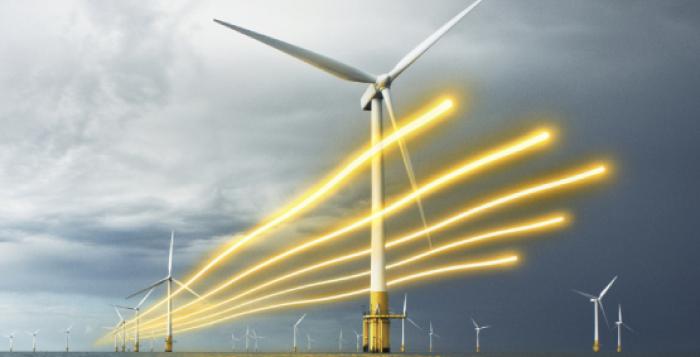
Map update
We are currently improving some of the features on our web map to provide you with the best experience possible. We are also updating the data behind the map to include our latest recommendations from our Beyond 2030 report.
Visit us in May, when our new version of the web map will be available.
Use this map to navigate through the recommendations set out in the Beyond 2030: a national blueprint for a decarbonised electricity system in Great Britain publication.
The map is illustrative and shows identified needs to move energy from point A to point B. It does not represent specific cable or pylon routes.
Key features of this map:
This map features our latest recommendation of the future GB electricity transmission network system that facilitates the connection of an additional 21 GW of offshore wind beyond 2030. This is in addition to the 50GW of the government’s 2030 offshore wind ambition, building on the first Holistic Network Design – Pathway to 2030.
On this map you can find:
- The ESO’s view of future transmission requirements and the capability of Great Britain’s National Electricity Transmission System (NETS) over the next 10 years. This is as outlined in our latest Electricity Ten Year Statement (ETYS).
- Recommendations for which reinforcement projects should receive investment. We have published a table of options we assessed and the recommendations we are making.
Due to the amount of data in our maps, you may experience a short delay while loading boundaries.
To use the map, select a year using the slider to see how the network is recommended to be developed from now up to 2040.
Find out more
The Beyond 2030 report builds on top of the Holistic Network Design and makes a set of network recommendations throughout the 2030s.
A Holistic Network Design for Offshore Wind
A closer look at what is needed to connect 23GW of offshore wind by 2030.
Network Options Assessment (NOA)
Learn more about the wider onshore network requirements needed to achieve the 2030 ambition.




